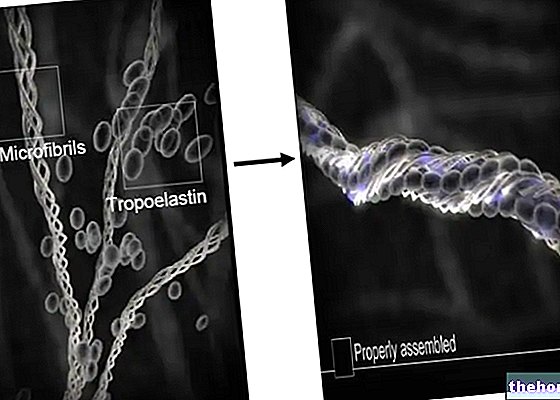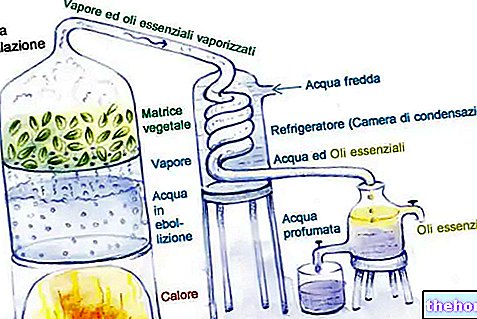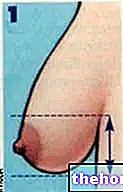The hypodermis is an active tissue because its metabolism is linked to the caloric balance. It performs two main functions:
- Lipolysis: dissolves fat when the calorie balance is negative
- Liposynthesis: deposits fats when the calorie balance is positive.

It therefore constitutes the energy reserve of the organism.
The abundance of the adipose panniculus in the hypodermis depends on the constitution of the subject, his hormonal balance, his eating habits, sex and age. In women it is mainly distributed in the lower part of the body, hips and buttocks, areas these are more sensitive to the action of the female hormones estrogen and progesterone.
The "metabolic activity of the hypodermis works at" regime "when a good microcirculation of the adipose mass and a regular diffusion of the fat molecules, the triglycerides, are maintained.
The factors that negatively affect the microcirculation of the adipose tissue cause functional alterations of the blood vessels, causing dysfunctions in the hypodermis and the overlying tissue, the dermis.
Cellulite begins to manifest itself with the degeneration of the microcirculation of the adipose tissue, with consequent alteration of its metabolic functions.
, stress and bad eating and behavioral habits.
- GENETIC CAUSES: at the origin of cellulite there is a genetic predisposition linked to factors such as greater hormonal activity, capillary fragility and poor circulation.
- HORMONAL PROFILE: excessive estrogen activity leads to water retention.
- CIRCULATION ALTERATIONS: the venous circulation brings blood back to the heart. At the level of the lower limbs some factors facilitate this transport: muscle compression, the elasticity of the vessels and the presence of valves - along the course of the vessels - which prevent the reflux of blood. When conditions arise that interfere with the functioning of this series of factors there is a slowdown in the blood circulation, a stasis that favors the onset of cellulite.
- STRESS: hectic life, excessive physical and mental fatigue and poor night's rest are all conditions which, associated with other factors, contribute to determining the onset of cellulite.
- BAD HABITS: unsuitable shoes, such as those with high heels and narrow toes, and clothes that are too tight, alter posture and hinder blood and lymphatic circulation.
There are four stages of evolution of cellulite and they go from the first to the last in order of severity.
- Stage 1: An "initial alteration of the blood microcirculation occurs. The vessels present" an abnormal permeability of the wall and this causes plasma transudation, with stagnation and accumulation in the interstitial spaces. It is characterized by edema and can be considered a reversible state.
- Stage 2: The phenomena that characterize the first increase. Exchanges further decrease and there is also a stagnation of toxins.
The skin becomes pale, hypodermic and pasty. - Stage 3: Micronodules are formed which further hinder metabolic exchanges, causing slow and progressive destruction of the connective tissue of the dermis. The leather has the classic orange peel appearance.
- Stage 4: Micronodules become macronodules, easily recognizable on palpation. Connective tissue fibrosis occurs, ie an increase in fibrous tissue in response to inflammation of the surrounding tissue. The orange peel appearance of the skin becomes very marked, the skin is pale, hypothermic and painful. This stage can be considered. irreversible.




























